What Are Altcoins? Explaining the Modern Crypto Market
Everyone knows about Bitcoin (BTC) , especially given how much it’s mentioned in the crypto media, but arguably the second most common, yet more confusing term, is ‘altcoins’.
The truth is that the two are inherently related. While Bitcoin set the foundation for crypto’s existence, altcoins have allowed it to flourish into the ecosystem we all know today.
Sponsored
But the question remains: What exactly are altcoins, and what sorts of benefits can they offer the everyday crypto investor?
Table of Contents
- What Is an Altcoin?
- The First Altcoin
- The Importance of Altcoins
- Diversifying the Crypto Market
- Technological Advancements
- The Altcoin ‘Umbrella’
- Memecoins
- Stablecoins
- Utility Tokens
- Governance Tokens
- Security Tokens
- Privacy Coins
- Are NFTs Classed as Altcoins?
- Benefits and Drawbacks of Altcoins
- Altcoins Pros
- Altcoin Cons
- How to Avoid Scam Altcoins
- On the Flipside
- Why This Matters
- FAQs
What Is an Altcoin?
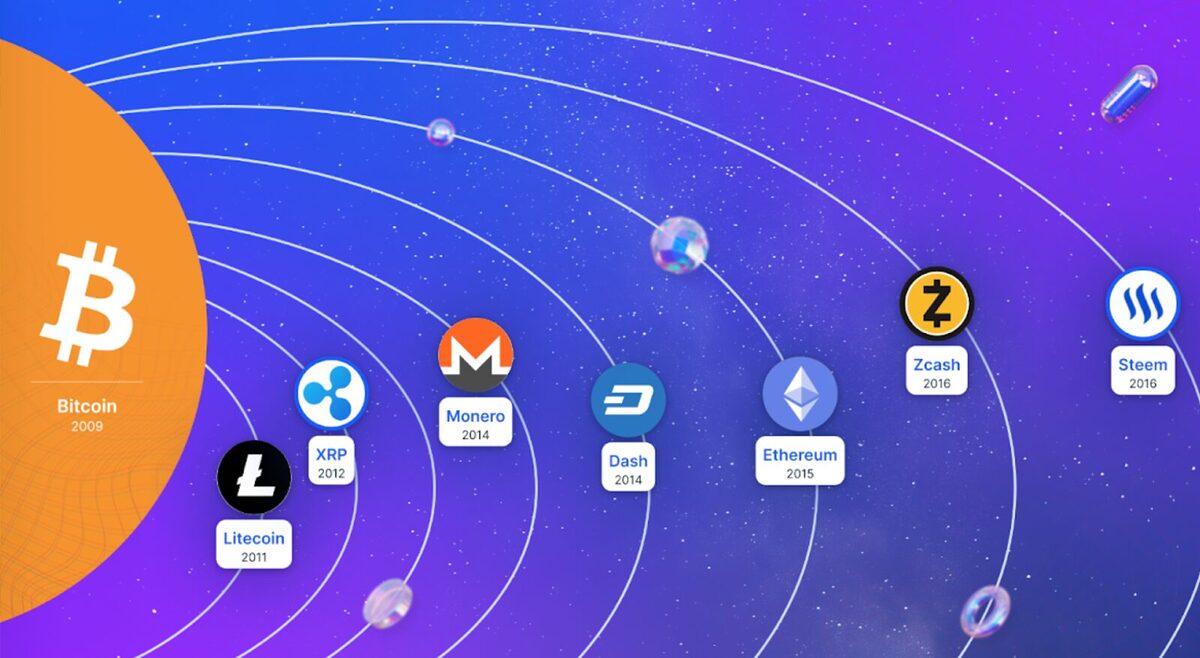 Source: Utorg.com
Source: Utorg.com
An altcoin is simply any cryptocurrency that isn’t Bitcoin, with the ‘Alt’ referring to ‘alternative.’
It’s important to remember that Bitcoin was the very first modern cryptocurrency, so in a sense, every crypto that came after it was based on, or at least inspired by, Satoshi Nakamoto’s token.
However, Bitcoin is far from perfect and has several issues that many altcoins have seemed to address, creating an endless cycle of improvement.
Therefore, while all altcoins are based on Bitcoin’s technology, they each have their own use cases and purpose, becoming alternative coins to the token that started it all.
The First Altcoin
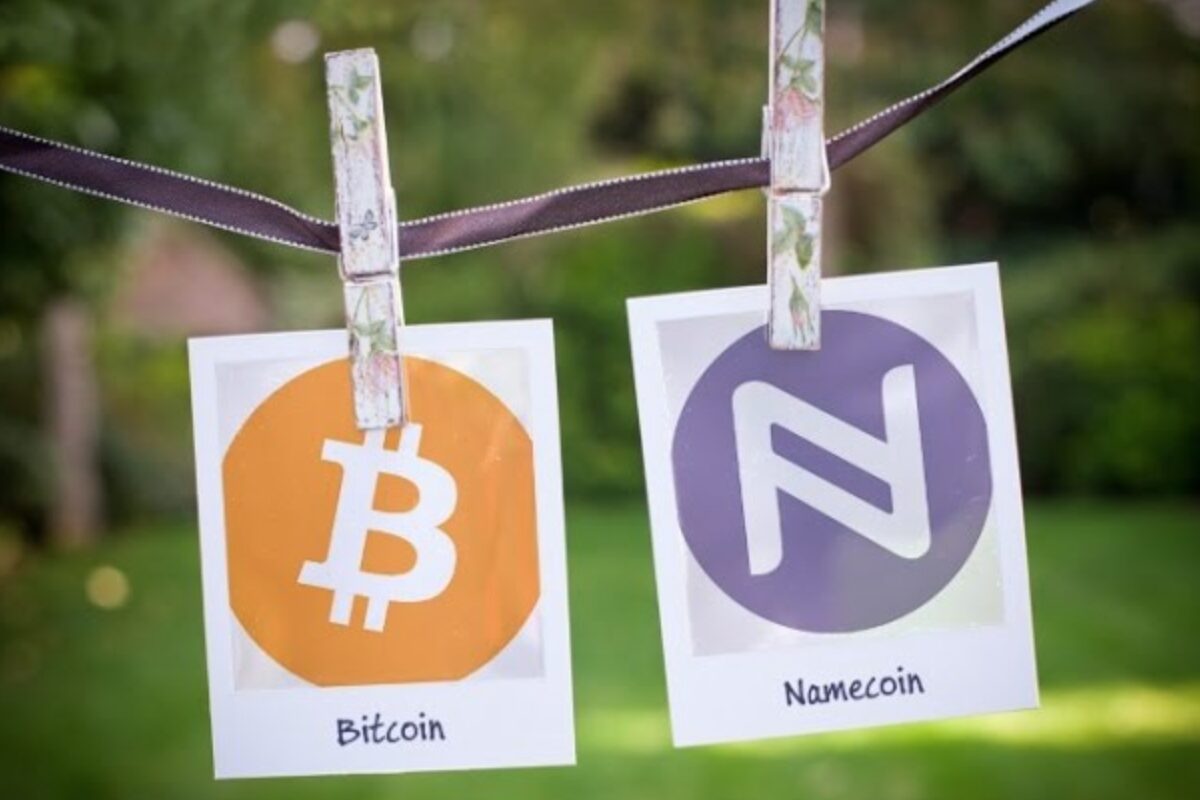 Source: Snapcraft.io
Source: Snapcraft.io
The term altcoin didn’t exist until Namecoin arrived in April 2011, nearly two years after Bitcoin’s launch.
Namecoin was primarily designed as a way to decentralize the infrastructure of the internet – resisting censorship and increasing privacy and security for online users.
However, it was also built directly from Bitcoin’s source code, ultimately opening the floodgates to the wave of altcoins that would emerge shortly after. Namecoin encouraged developers to tweak Bitcoin’s code for themselves, leading us into the modern age of cryptocurrency.
The Importance of Altcoins
From a broad perspective, the cryptocurrency industry as we know it today couldn’t exist without altcoins. This is admittedly a pretty bold statement, but we can break it down by focusing on two central benefits of altcoins’ emergence.
Diversifying the Crypto Market
Altcoins can be created for various use cases, from granting voting power or enhancing user privacy to being used in crypto games. Therefore, having a diverse market allows crypto investors to interact with tokens in ways that Bitcoin doesn’t allow.
As a bonus, it also creates the opportunity to bulk up a portfolio with tokens built for many different and unique purposes.
On the other hand, the existence of altcoins also adds to the market’s long-term survivability by helping to garner mainstream attention. Suppose we imagine just how common headlines are concerning tokens’ rising and falling value. In that case, it ultimately drives excitement and garners attention inside and outside the crypto community, ensuring the market never becomes stale or predictable.
Technological Advancements
As mentioned, altcoins are designed to be ‘alternatives’ to Bitcoin. This inherently means they are trying to be more appealing, primarily by using new technology.
As a result, the arrival of altcoins has simultaneously ushered in a rise in technological improvements across the crypto ecosystem.
For example, Ethereum (ETH) , which most people consider an altcoin, was the first to introduce smart contracts . Smart contracts allow developers to create dApps on blockchains, opening up new financial avenues for crypto investors, like lending and borrowing. Bitcoin, meanwhile, has struggled to implement them.
On the other hand, Bitcoin SV has considerably ramped up transaction speeds by enhancing its block size – blocks are used to store transactions, so being bigger means more transactions can be processed at once.
Meanwhile, Peercoin in 2012 introduced the Proof-of-Stake (PoS) consensus mechanism. This is a method of verifying transactions on a blockchain network that is drastically more energy-efficient than Bitcoin’s Proof-of-Work (PoW).
The Altcoin ‘Umbrella’
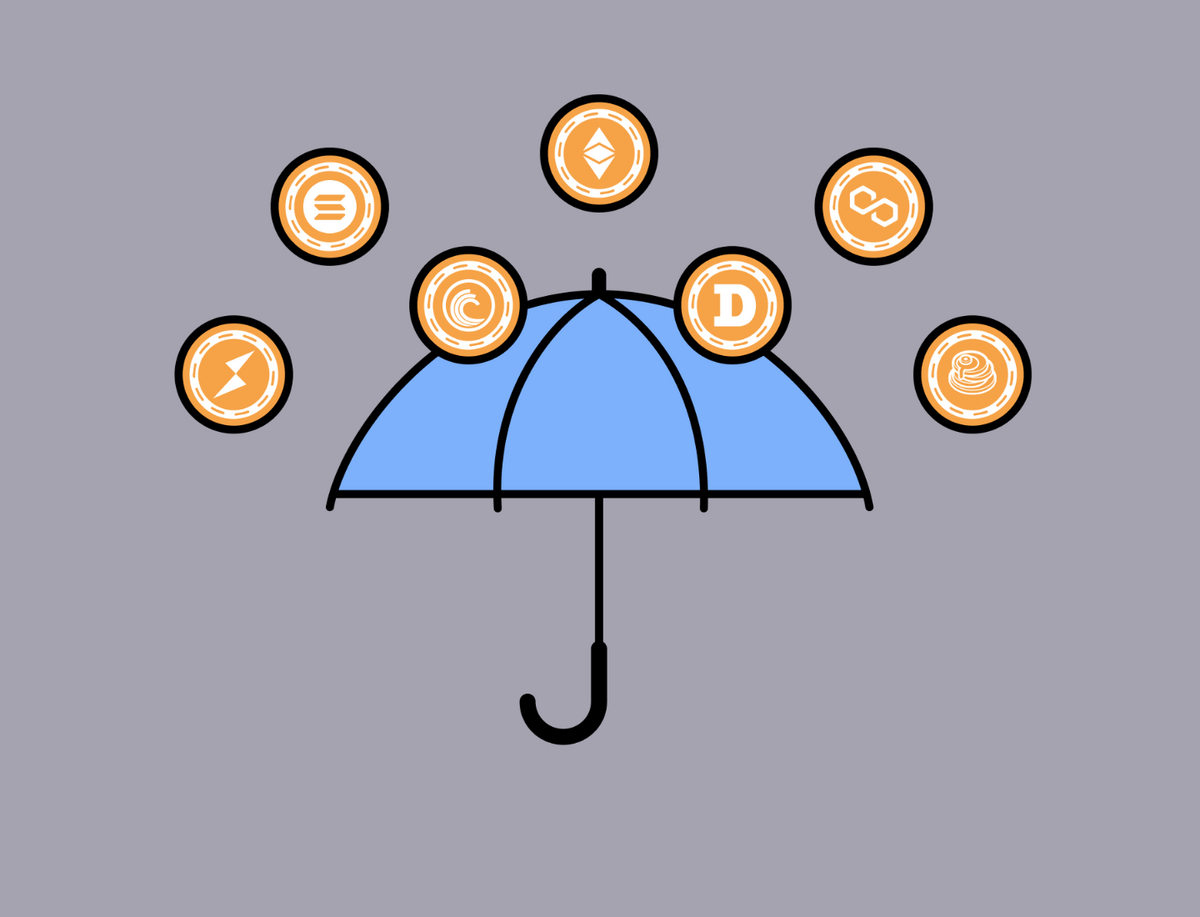 Source: Simpleswap.com
Source: Simpleswap.com
By definition, altcoins are any token other than Bitcoin, but this isn’t to suggest that all of them are the same in terms of their design and purpose. Here are some of the most popular altcoins that fall under the altcoin ‘umbrella.’
Memecoins
As the name implies, memecoins are tokens influenced by and named after characters and individuals from memes and pop culture. Popular examples are Dogecoin (DOGE) and Shiba Inu (SHIB), which both use the Shiba dog meme as their symbol.
Since they aren’t technically built for any particular use case, memecoins entirely rely on their community to raise the token’s price due to a lack of intrinsic value. Unfortunately, this has also made them easy to use as scams.
Therefore, they are seen as fun, light-hearted, community-driven alternatives that tend not to be concerned with long-term investment potential like Bitcoin.
Stablecoins
These tokens are pegged to a stable asset, such as the US dollar or gold, and will, therefore, maintain as closely to the original’s value as possible.
Since stablecoins don’t harbor any volatility, many companies use them as an alternative to Bitcoin when paying employees, for example. Similarly, they are easier to use when buying real-life goods since they are essentially a digital version of fiat currencies.
Tether (USDT) is the most popular stablecoin, followed closely behind by the USD Coin (USDC). Both are pegged to the US dollar.
Utility Tokens
While Bitcoin is only meant to be used as a form of payment, utility tokens, designed for specific use cases, provide alternate ways to interact with cryptocurrency.
They usually aim to fill a gap left in the crypto ecosystem that would make it easier for investors to manage and interact with their digital currencies.
For example, Ripple’s XRP is considered a utility token because its infrastructure is designed for cross-border payments, allowing transactions to be made overseas at low costs. Chainlink (LINK) is another example, being designed to bring off-chain data, like sports results, into the blockchain.
If we look at this from a border perspective, ICOs (initial coin offerings) are crowdfunding events where investors can support a project in exchange for utility tokens. So, if someone pledges support for a new blockchain platform, they will then be given tokens to interact with some of the blockchain’s key features, such as staking over time for rewards.
Governance Tokens
Some altcoins can grant the holder voting power over how a blockchain or network develops and evolves.
For example, Compound (COMP) holders can participate in decision-making when new implementations are added to the platform. The same applies to Uniswap with its UNI token.
These tend to exist within DAOs (decentralized autonomous organizations), which are groups of crypto investors that don’t have a central authority. Instead, governance tokens grant a person access to becoming a member of the DAO, where they can then make their voice heard.
Usually, more tokens mean more voting power, but this can differ between DAOs.
Bitcoin isn’t classified as a governance token, but these altcoins allow investors to feel more involved with how their network is run.
Security Tokens
Many people view security tokens as the closest crypto equivalent to regular stocks.
This is because security tokens represent only a slice of ownership over an asset, just like traditional stock investments. Polymath (POLY) is one of the most popular security tokens, and it established the security standard that all these tokens now follow.
However, security tokens have also been embroiled in controversy, as seen with the long-lasting SEC vs. XRP case, which has emphasized just how unclear the legal rules are for security altcoins.
Nonetheless, they are still a welcome alternative to Bitcoin for experienced investors who want to break into other markets or even those entering the crypto bubble from the stock market for the first time.
Privacy Coins
Though the Bitcoin blockchain, by its very nature, provides some semblance of anonymity to its users, networks using privacy coins go that extra mile to keep investors safe and protected.
Examples include Monero (XMR) and Zcash (ZEC), which both use “stealth addresses” when passing between tokens, making the sender and receiver completely untraceable. A person using the same address repeatedly can allow bad actors to map an investor’s financial activities, but this isn’t possible with privacy coins such as these two.
Considering a big component of cryptocurrency has always been user privacy, these coins provide an alternative for those who prioritize their anonymity above all else.
Are NFTs Classed as Altcoins?
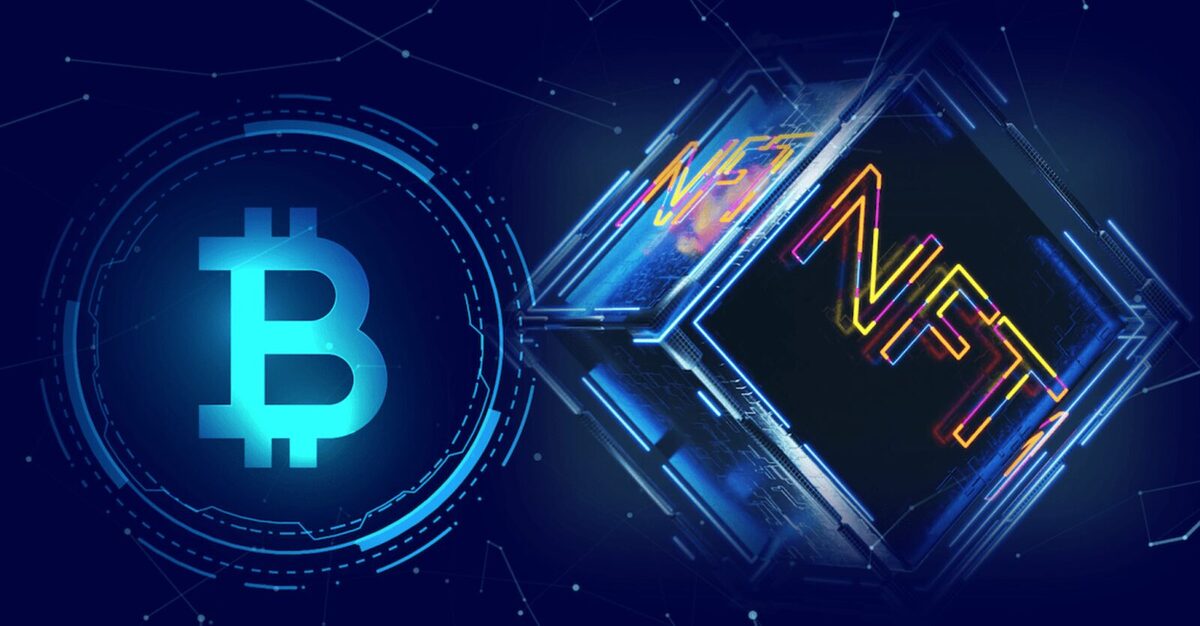 Source: Medium.com
Source: Medium.com
This topic has raised more questions than answers over the years.
We first need to clarify something, though. NFTs are built using the same programming as crypto, but the main difference is that they’re non-fungible, meaning they cannot be exchanged for something else.
Some have, therefore, used this to justify that NFTs are not altcoins, while others have said that they are altcoins, just with pictures attached.
This long-running debate has sparked questions about the properties needed to define an altcoin and whether it’s more than just an alternative crypto to Bitcoin.
Benefits and Drawbacks of Altcoins
Though the crypto ecosystem today wouldn’t exist without altcoins, they have a small number of drawbacks worth knowing about.
Altcoins Pros
- Accessibility: Investors can choose from an extensive selection of altcoins that can perform different functions. Therefore, while BTC tends to be used as a store of value that is saved rather than spent, altcoins can introduce investors to new ways of interacting with their crypto.
- Technological Advancement: Since all altcoins are technically derived from Bitcoin, many have been made to address lingering concerns stretching back to that original network. This has resulted in many new technical innovations, such as defi apps, smart contracts, and Proof-of-Stake.
- Faster Transaction Speeds: Bitcoin’s age and lack of scalability have resulted in pretty sluggish transaction speeds. Many altcoins, due to advanced technology and smaller communities, boast much faster transaction rates, including XRP, ADA, and SOL.
- Less Energy-Intensive: Many altcoins have chosen to use Proof-of-Stake rather than Proof-of-Work, primarily because it uses much less energy during the mining process. Bitcoin’s energy usage has stirred a lot of criticism, but altcoins are taking the cleaner option.
Altcoin Cons
- Failed to Reach Bitcoin’s Value: Despite being ‘alternatives’ to Bitcoin, no altcoin has been able to match its value or level of recognition in general. Bitcoin only reached its highest price in March 2024, proving that it’s not even close to slowing down.
- Altcoin Failures: Many altcoins have gone on to fall flat, despite seeming hopeful at first. According to Visual Capitalist , there were 292 altcoin deaths in 2017, 751 in 2018, and 329 in 2019.
- Saturated Market: Though having plenty of token options is a good thing, the ease of making new tokens has resulted in the altcoin market becoming saturated with plenty of near-worthless tokens. Therefore, finding reliable ones can be like looking for needles in a haystack.
- Security Risks: Altcoins are never guaranteed to be fully safe after they launch. This is especially the case if a project launches with a low number of community members, as it can leave the network exposed and vulnerable due to a lack of maintenance.
How to Avoid Scam Altcoins
Many investors will invest in altcoins since these tokens can help round out a portfolio. Having a stablecoin for stability, governance tokens for voting power, and security tokens for privacy, for example, can all indicate an investor who’s taken the time and effort to diversify a portfolio.
However, all too often, investors get drawn into the allure of altcoins that turn out to be scams created by fraudulent actors. Therefore, if you ever do decide to pick some up yourself, always keep these considerations in mind to avoid purchasing an unreliable token.
- Read a whitepaper, if it’s available, to understand the token’s purpose and design properties.
- Conduct market analysis to find out trading volume and price trends.
- Check community support through forums, blogs, and social media. A positive community reception can indicate a healthy and reliable token.
- Understand the regulatory status of a token and if it’s expected to face legal hurdles.
On the Flipside
- Bitcoin’s enormous popularity and market capitalization means it still plays a crucial role in dictating recognition and prices of the crypto industry as a whole.
- No altcoins have managed to reach the scale of Bitcoin in terms of value and recognition.
Why This Matters
Without altcoins, and in turn, without a diversified cryptocurrency market, it’s doubtful cryptocurrency would have ever received the level of adoption it has today. Learning about types of altcoins can also introduce investors to new opportunities for interacting with their tokens.
FAQs
Tether (USDT) is currently the most popular stablecoin, with an average 24-hour volume of $32.98 billion. The USD Coin (USDC) is the second largest, with a $2.94 billion 24-hour volume.
A Bitcoin fork is when the Bitcoin blockchain separates to make an entirely new network. Bitcoin Cash (BCH), for example, is the most popular fork of Bitcoin, boasting cheaper transaction fees. Litecoin (LTC)is another popular fork that launched in October 2011.
Decentralized financial apps allow crypto investors to utilize financial instruments when managing their crypto assets, like borrowing and lending. They are created off the back of blockchain technology, with the Ethereum blockchain being seen as the hub of Dapps.
Disclaimer: The content of this article solely reflects the author's opinion and does not represent the platform in any capacity. This article is not intended to serve as a reference for making investment decisions.
You may also like
Perplexity AI to Testify in Landmark Google Antitrust Case
Perplexity AI, a rising competitor in the search industry, is set to play a key role as a witness in the ongoing United States Department of Justice (DOJ) antitrust trial against Google.
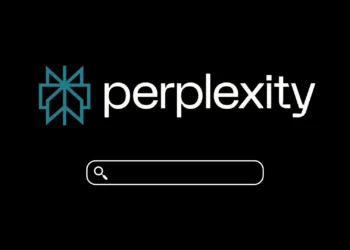
Manychat Secures $140 Million to Advance AI-Powered Business Messaging
Manychat, a leading business messaging platform, has raised $140 million in a new funding round to accelerate its artificial intelligence (AI) capabilities and expand its global business communications market reach.
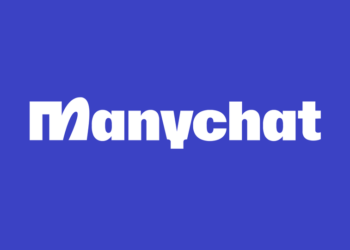
El Salvador Launches National AI Lab in Partnership with NVIDIA to Drive Technological Sovereignty
El Salvador is making significant advancements in artificial intelligence (AI) by launching its first national AI Lab in partnership with NVIDIA. Recently announced by the Bitcoin Office, this initiative aims to develop sovereign AI capabilities to enhance key sectors like healthcare, education, and the economy.
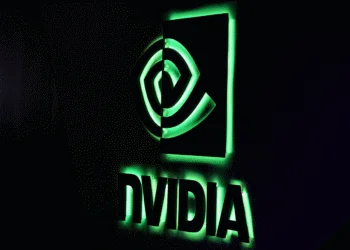
BlackRock Invests $84 Million in Bitcoin

